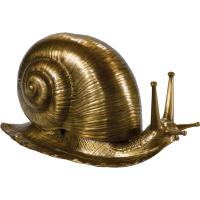

EDTA Iron phosphate has harmed dogs that ate the bait (ref 2). Most websites still claim that iron phosphate is perfectly safe since it is natural and organic, but they ignore the EDTA component which is common in many slug baits these days. Iron phosphate is quite safe for the environment, but EDTA has some issues. In cold weather the effect can wear off before the slug dies. Over many hours they die from dehydration. Soon after eating metaldehyde, the slug becomes paralyzed and starts excreting large amounts of mucus. It should not be used in contact with vegetable crops. The active ingredient, metaldehyde, has a short half-life in soil and is not considered harmful to the environment. It is degraded by sunlight and is easily washed away with rain and irrigation. Pellets work better than liquid products but they don’t work at low temperatures or high humidity. The original formulation combined metaldehyde with grain flour to make small pellets that slugs find tasty. The reported death of birds was due to eating the pellets, not the affected slugs (ref 3). It can even harm children if ingested, but it does not harm bees or aquatic life. It has a good track record for being effective at killing slugs and snails, but it is also toxic to cats, dogs, birds and other mammals. Metaldehyde is the older slug bait and has been used for many years. Slug Bait – Metaldehyde vs Iron Phosphate


 0 kommentar(er)
0 kommentar(er)
